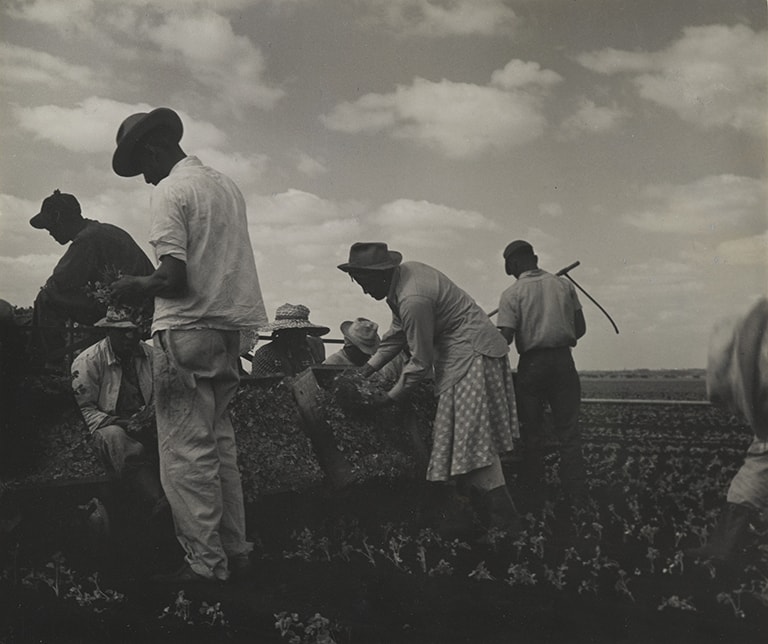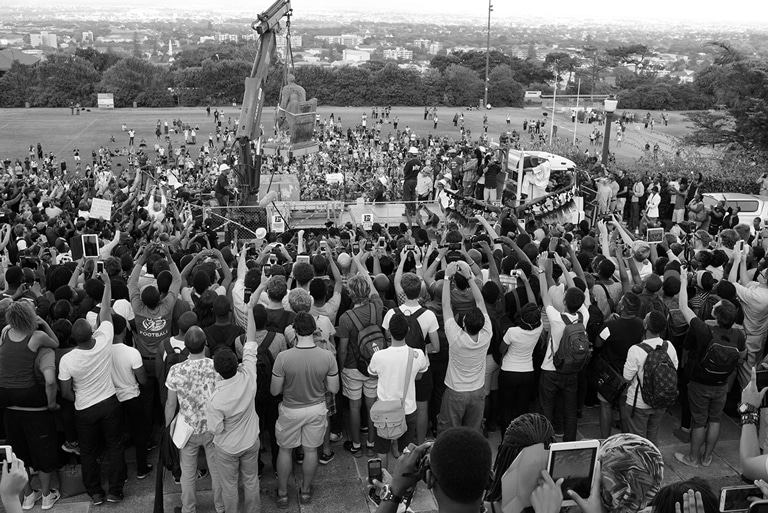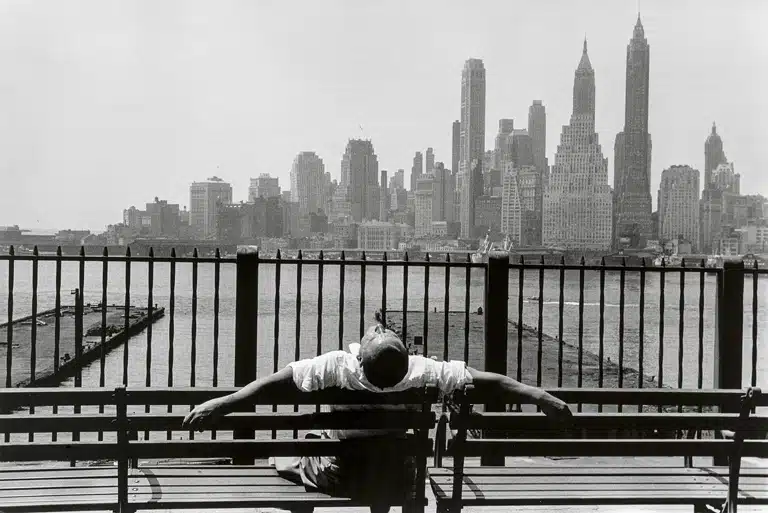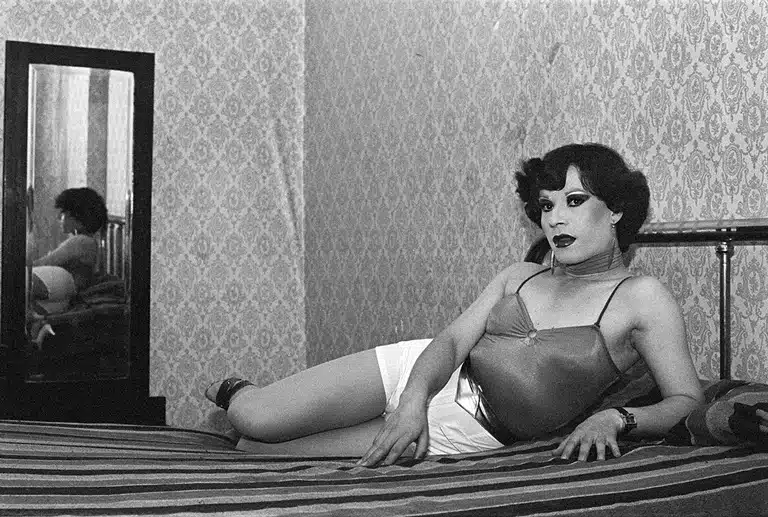Picasso. In his studio
FEB.12.2014 ──────── MAY.11.2014
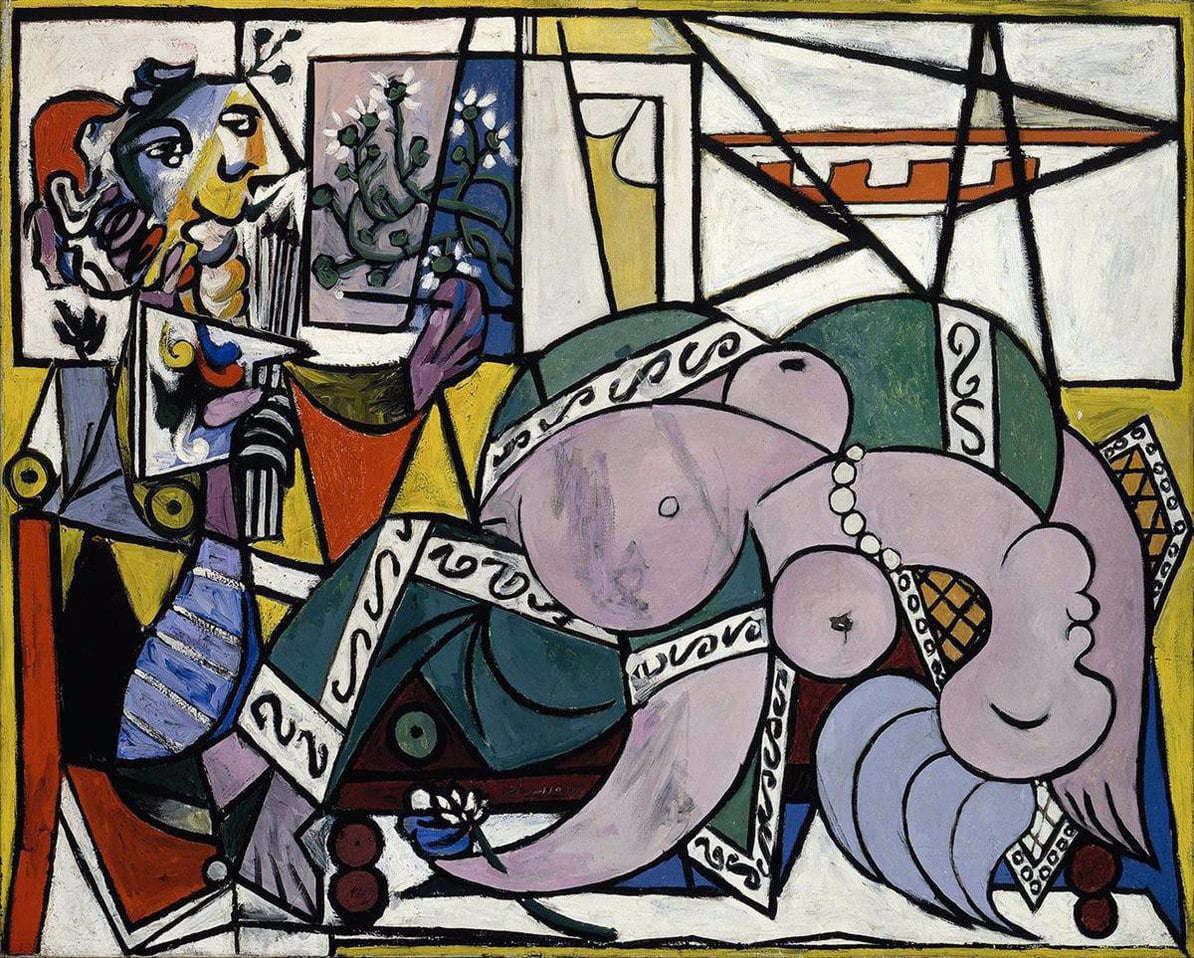
El taller, 1934
© Michael Cavanagh and Kevin Montague / Sucesión Pablo Picasso, VEGAP, Madrid, 2014
Exhibition
FEB.12.2014 ── MAY.11.2014
Location
Recoletos Exhibition Hall
Paseo Recoletos 23, 28004 Madrid
The exhibition covered Picasso’s work by means of the different studios in which he worked and lived. The studio becomes an experimental space and a driver of reflection on ritual and the artist’s work in the pictorial tradition.
Approximately 80 paintings, 60 drawings and engravings, 20 photographs and over a dozen palletes, helped provide an insight into how Picasso’s studio became a focal point around which all his creations revolved, a place where his art and his life became inextricably linked.
The Picasso. In his studio exhibition brought together works from around 30 prestigious public and private collections. A large part of the exhibition hailed from private collections and had only rarely been on public display. At the same time, the exhibition was supported by several major national and international museums, such as the Philadelphia Museum of Art, Cleveland Museum of Art, Indiana University Art Museum, the Phillips Collection in Washington, the Centre Georges Pompidou in Paris, the Tate Gallery in London, the Israel Museum in Jerusalem, Bridgestone Art Museum in Tokyo, the National Museum of Modern Art in Kyoto, Pushkin State Museum of Fine Arts in Moscow, the Museo Nacional Centro de Arte Reina Sofía in Madrid and the Museo Picasso de Barcelona.
The exhibition
The exhibition began with the famous Self-portrait with Palette, from 1906 (Philadelphia Museum of Art), and ended with another self-portrait, Man Sitting on a Stool, from 1969, only shown once before in public in Avignon’s Palais des Papes’ exhibition in 1970. Over 60 years of his artistic life had passed between these two paintings, in which Picasso depicts himself as a painter looking directly at the observer, during which time the artist worked in various studios such as Le Bateau Lavoir, Boulevard de Clichy, Boulevard Raspail, La Boétie, Boisgeloup, La Californie and lastly Mougins… In all of them, the studio becomes both an experimental space and a driver of reflection on ritual and on the artist’s work in the pictorial tradition.
His studios became “interior landscapes” as he himself called them, sacred spaces that represented a chronicle of Picasso’s variations in style and iconography.
